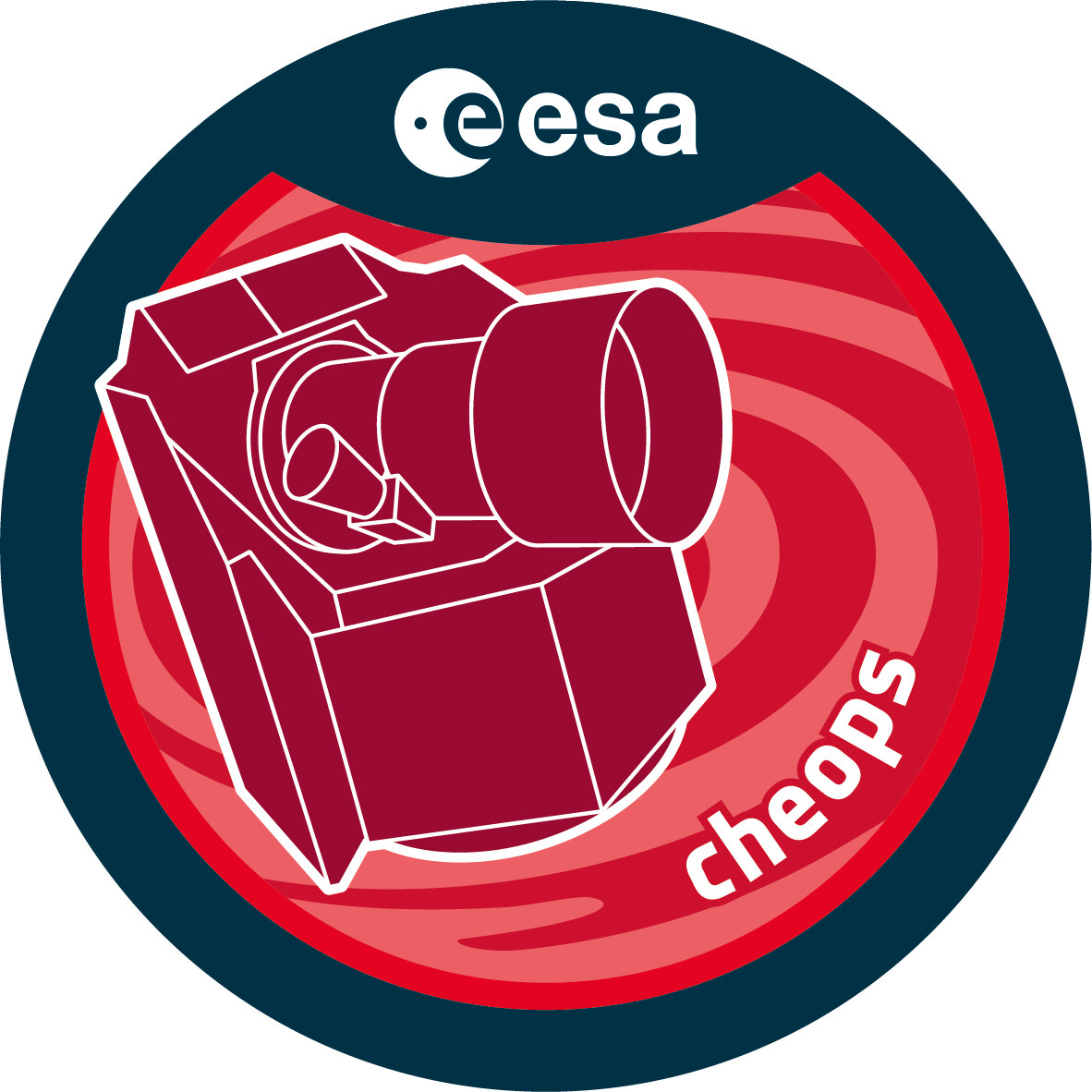

| Obs ID | 1325408 |
| Target/Line-of-sight | HD 80983 |
| Gaia DR2 ID | Gaia DR2 1018311805007860864 |
| URL | https://cheops.unige.ch/archive_browser/?visit-id=1325408 |
| DOI | https://doi.org/10.5270/esa-zd3pxmb |
| Author | Benz |
| Description of observation |
|
| Temporal Coverage | 2020-12-31T23:53:00Z / 2021-01-01T01:32:00Z |
| Version | 3.0 |
| Mission Description | CHEOPS (Benz et al., https://doi.org/10.1007/s10686-020-09679-4) is a European Space Agency (ESA) mission in partnership with Switzerland with important contributions to the payload and the ground segment from Austria, Belgium, France, Germany, Hungary, Italy, Portugal, Spain, Sweden and the United Kingdom. The satellite has a single payload comprising an ultra-high precision photometer covering the 330 - 1100 nm wavelength range in a single photometric band. Observations are made as part of the Guaranteed Time Observing Programme that is formulated by the CHEOPS Science Team, and the Guest Observers Programme through which the Community at large can apply for CHEOPS time. |
| Creator Contact | https://www.cosmos.esa.int/web/cheops/contact |
| Date Published | 2024-03-27T05:49:45Z |
| Acknowledgements | https://www.cosmos.esa.int/web/cheops-guest-observers-programme/publication-guidelines |
| Publisher And Registrant | European Space Agency |
| Credit Guidelines | European Space Agency, Benz, 2024, 1325408, 3.0, European Space Agency, https://doi.org/10.5270/esa-zd3pxmb |